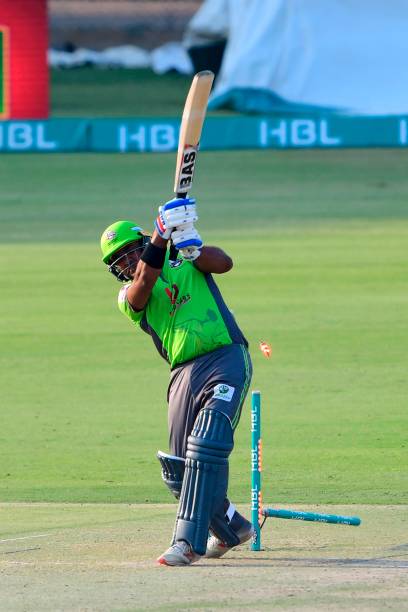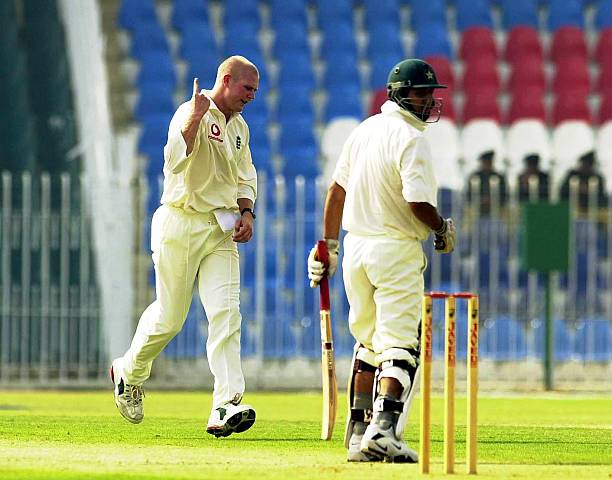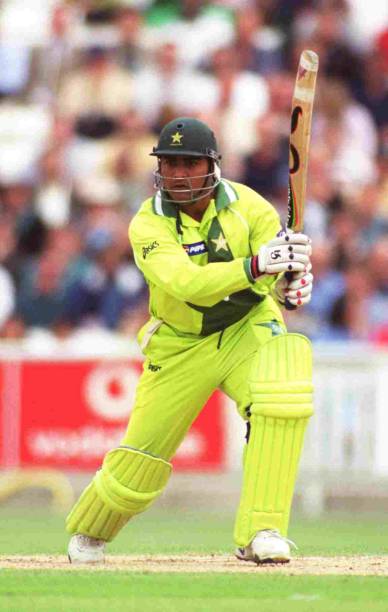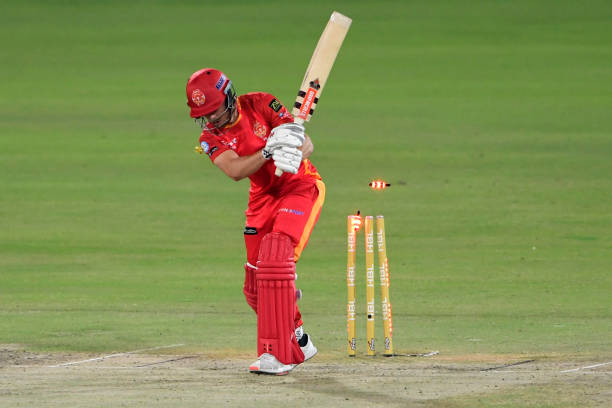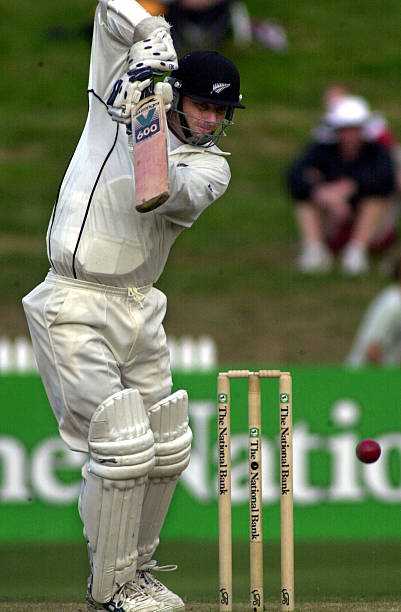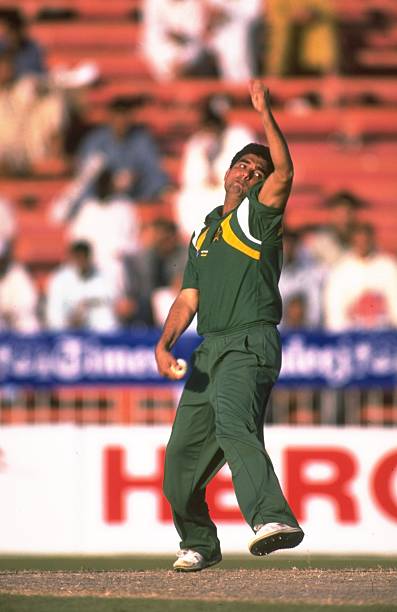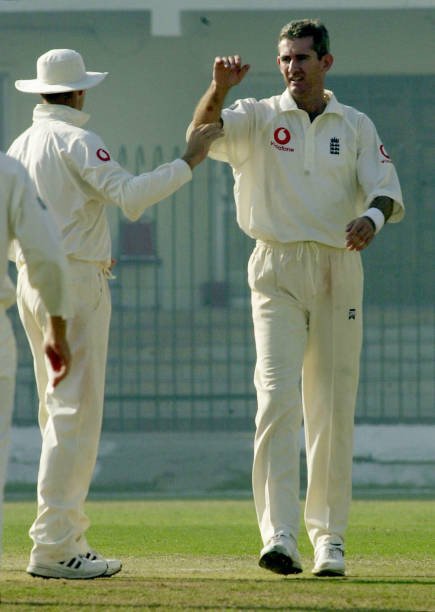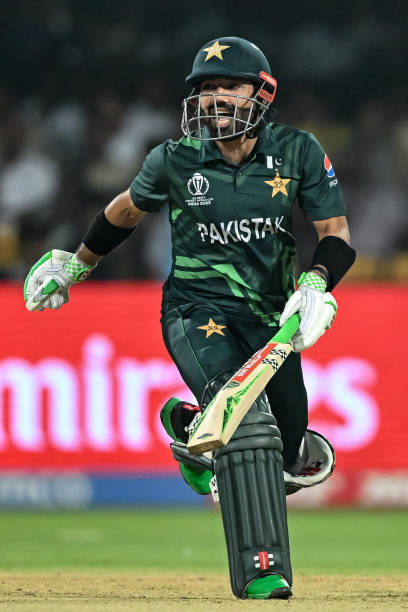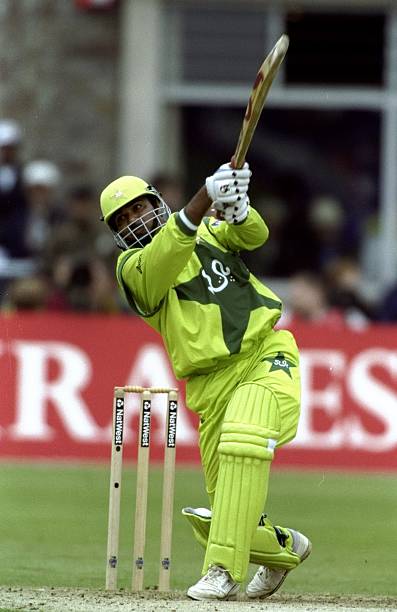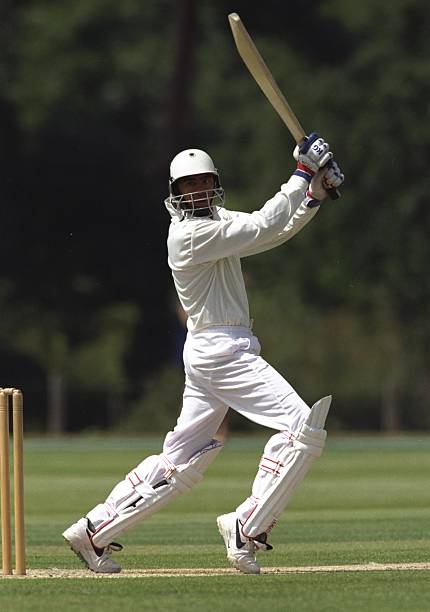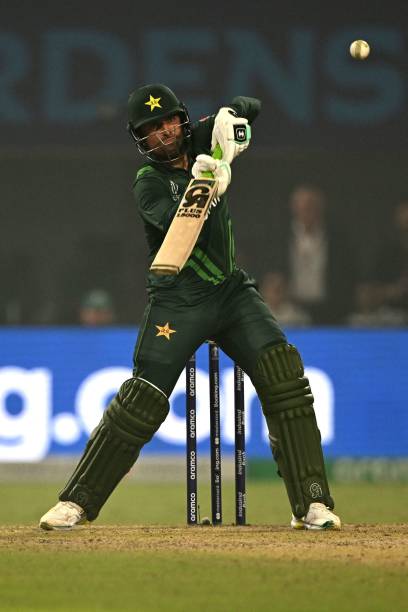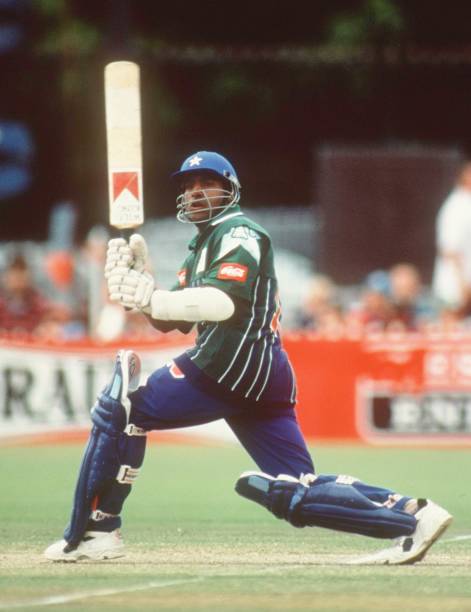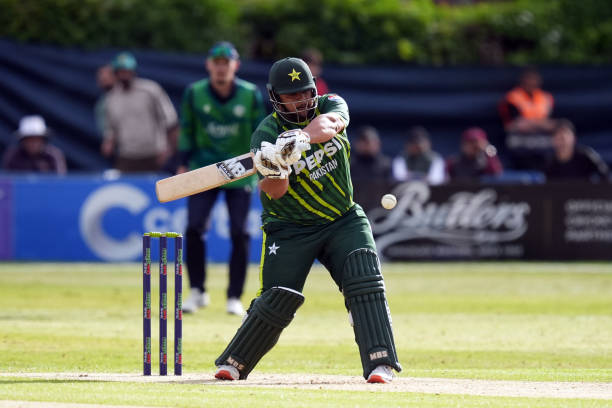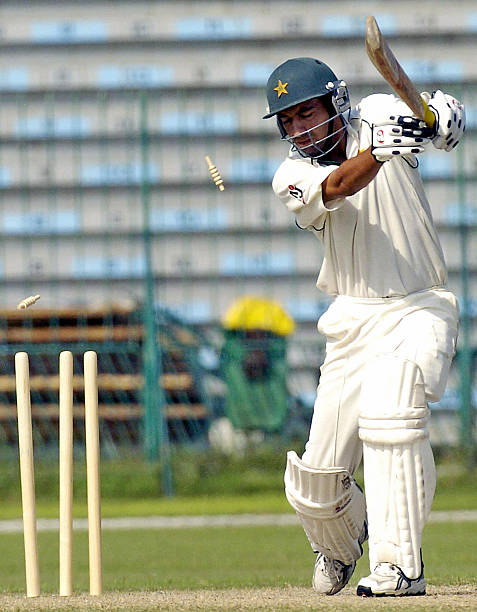
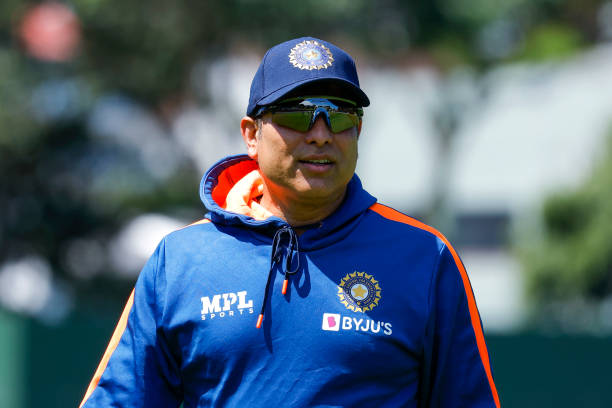
VVS Laxman, celebrated for his grace, poise, and capability to excel under stress, stands as one of India's premier middle-order batsmen. His splendid stroke play, especially against fast bowlers, established him as a distinctive and beloved figure in Indian cricket. Laxman’s career featured numerous legendary innings, solidifying his role as a central character in the Indian cricket saga. His fluid and elegant batting style, coupled with his determination in challenging circumstances, garnered him the admiration of fans, teammates, and rivals alike.
Early Life and Background
VVS Laxman was born on November 1, 1974, in Hyderabad, India. He comes from a family without direct ties to cricket, as his father, Arun Laxman, was a physician. Despite the absence of a cricketing lineage, Laxman exhibited a keen passion for the sport from an early age. He commenced playing cricket at the age of 10 and quickly revealed his inherent talent. Laxman spent his formative years cultivating his abilities in the streets of Hyderabad, where he enhanced his batting skills. He became a member of the Hyderabad Cricket Association and made his first-class debut for the state in 1992-93. His displays in domestic cricket swiftly elevated him as a standout player in the Indian cricket landscape. His graceful stroke play and capacity to score against premier bowlers brought him national acclaim.
Domestic and International Debut
Laxman debuted for India in 1996 during a One-Day International (ODI) against Zimbabwe. His first-class introduction had already made a significant impact, and he maintained his promise in the limited-overs arena. Nonetheless, it was in Test cricket where Laxman genuinely thrived and confirmed his status as one of the elite batsmen worldwide. He made his Test debut for India against South Africa in 1996, but it wasn’t until the subsequent year that he made his mark in the longer format. Laxman’s refined batting and ability to adjust to diverse conditions swiftly captured the cricketing world’s attention, and he soon became a consistent member of the Indian Test squad.
The 2000s: Rise to Prominence
Laxman’s ascent to prominence truly took shape in the 2000s, a decade in which he emerged as one of the most consequential figures in Indian cricket. His knack for playing lengthy, measured innings and dominating even the strongest bowling attacks rendered him a pivotal asset for India. In 2001, Laxman reached a career-defining moment during the renowned Kolkata Test match against Australia. In the second innings, he delivered one of the most exceptional performances in Test history, scoring 281 runs. His collaboration with Rahul Dravid (for 376 runs) was crucial in facilitating one of the most extraordinary comebacks in cricket history. This innings catapulted Laxman to the echelon of the world’s top batsmen.
Key Performances and Milestones
Laxman’s profession used to be highlighted through a series of awesome performances, many of which came in hard occasions:
-
Iconic 281 vs. Australia (2001): Laxman’s 281 runs in Kolkata towards Australia stays one of the greatest innings in check cricket. His partnership with Rahul Dravid turned the in shape round and played a key role in India’s well-known victory.
-
Success in Australia: Laxman used to be recognized for his potential to carry out in foreign conditions, in particular in Australia. His collection-prevailing innings within the 2003-04 collection in Australia, in which he scored 2 hundred* in the 2nd test at Sydney, was one of the highlights of his profession.
-
36 Test Centuries: Laxman’s ability to score centuries in essential conditions earned him admire amongst his peers. His 17 test centuries made him one of the maximum prolific batsmen for India within the longest format of the sport.
-
Flair in Opposition to Fast Bowlers: Laxman’s specific potential to play rapid bowlers with grace made him one of the high-quality gamers of pace bowling in his technology. His timing and placement were extremely good, and his photographs were usually eye-catching to the attention.
Leadership and Team Contribution
Even while Laxman was once never a regular captain, his management capabilities were obvious throughout key moments in Indian cricket. His composed demeanor on the sphere and his capability to inspire the crew made him a precious presence within the dressing room. He frequently stepped in as captain whilst the want arose and led the group with a calm and centered technique.
However, Laxman’s finest contributions had been as a batsman and a group participant. He was once part of numerous memorable partnerships, specially with gamers like Rahul Dravid and Sachin Tendulkar, forming one of the maximum bold batting line-u.s.a.in world cricket during the 2000s.
Retirement and Life After Cricket
VVS Laxman retired from international cricket in 2012, bringing an quit to a stellar profession that spanned over sixteen years. Post-retirement, Laxman has remained energetic within the cricketing network, operating as a commentator and analyst. He has also been involved in education and mentoring roles, passing on his full-size understanding and expertise to more youthful players.
Enduring Legacy
Laxman’s legacy in Indian cricket is indelible. Regarded for his elegant batting and his remarkable consistency, Laxman stays one of the maximum beloved and respected gamers in the records of the game. His ability to excel in excessive-strain situations and against the toughest of bowlers set him apart as one of the best batsmen India has ever produced. Laxman’s beauty on the sphere and his sportsmanship off it have made him a role model for aspiring cricketers, ensuring that his have an effect on can be felt in Indian cricket for generations to come back.

